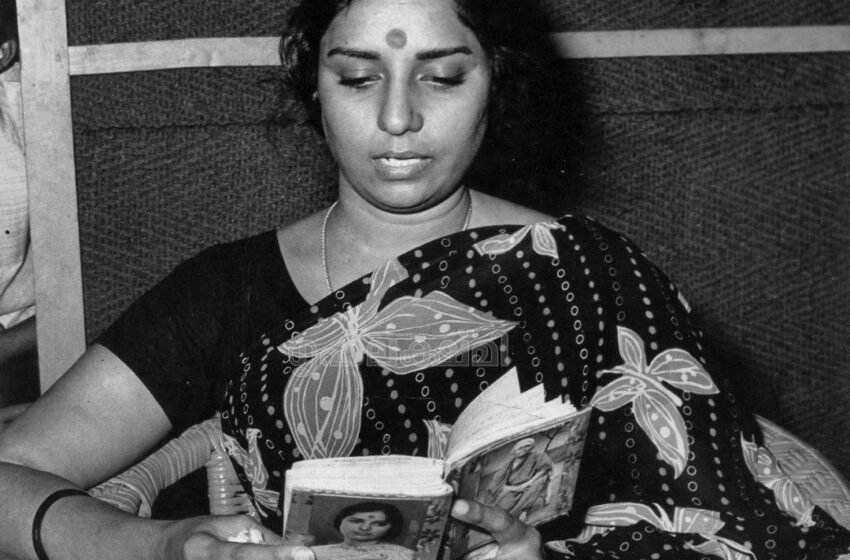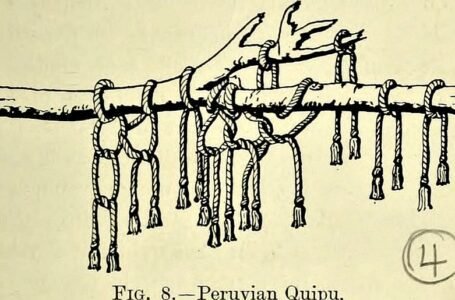Laying Down Roots: Janki Ammal and Botany

-Bhoomee Vats
Edavalath Kakkat Janaki Ammal, also known as Janaki Ammal, was born on 4th November, 1897 in Thalassery, Kerala. With her master’s in Botany, Janaki became a name famous not just in India but also worldwide. She is known to be the first female Indian Botanist, as her research on plant breeding, cytogenetics, and phytogeography was essential for the modern Botanical discoveries. In a period where male dominance loomed over the women of our country, and they were contained within the four walls of their houses, Janaki chose to break barriers by selecting to work in the field of science and research.
In a career spread wide for over 60 years, Janaki studied plants and botany, in which she researched a wide range of flowering plants and changed the scientific classification of several plant families. Janaki’s Grandniece says, “She was passionate about everything, completely liberated and always fixated on her work.” According to Dr. Savithri Preetha Nair, “Janaki was not just a cytogeneticist – she was a field biologist, a plant geographer, a palaeobotanist, an experimental breeder and an ethno-botanist and not in the least, an explorer.” This statement shows how difficult it is to confine the name of Janaki to just one title, portraying her versatility within her field.
Contributions in Science
Janaki was an active Indian scientist in the 18th century, and her contributions still play an essential role in the field of science and botany. She received her PhD in 1931 with a thesis named “Chromosome Studies in Nicandra Physaloides.” For this thesis, she was also awarded an honorary LLD in 1956 by her university, the University of Michigan. Her genius led her to be a member of several scientific societies, and she was elected Fellow of the Indian Academy of Sciences, Indian National Science Academy, National Academy of Sciences, India, and National Academy of Agricultural Sciences. The following are some of her most essential contributions to science:
- Breeding and Botany- Janaki’s knowledge of science, especially her expertise in sugarcane breeding, played a huge role in developing sugarcane varieties that could easily beat those imported from Indonesia. She helped the Sugarcane Breeding Institute by crossing several breeds of home-grown sugarcane plants to determine which hybrids matched Saccharum’s sucrose content.
- Chromosome and Cytogenetics- Janaki worked on the Cytogenetics of sugarcane, which eventually helped in the development of high-yielding varieties of it. With a British Geneticist, C.D. Darlington, she also co-authored “Chromosome Atlas of Cultivated Plants” (1945), which became an essential reference for plant breeders and scientists all over the world.
- Plant Breeding- Janaki studied how plants include different sets of chromosomes (polyploidy) and how this affects their diversification and evolution. Her work helped create different varieties of sugarcane. One of the other major results of her research was a magnolia shrub, which has a bright white flower with a purple stem. This flower was named after her, “Magnolia Kobus Janaki Ammal,” and continues to bloom even today.
Homecoming
In the early 1950s, Janaki returned to India after her intense study and research abroad. On the request of Prime Minister Jawaharlal Nehru, Janaki agreed to help rebuild the Botanical Survey of India (BSI). But this did not come without its challenges, as a woman, Janaki faced a lot of prejudice and discrimination. In a male-dominated society, Janaki suffered from oppression; her opinions and suggestions were rejected by male colleagues, and her attempts to restructure the Botanical Survey of India went to waste. This rejection from her own country was very difficult for her to face, but still, all she had to say regarding it was, “My work is what will survive.” So, to cope, she went on a tour of the country to explore more plant species. Janaki considered Nepal to be the most unique part of Asia botanically, and so she made it her next stop for research.
Awards and Honours
Janaki was awarded the Padma Shri award in 1977, one of the greatest honours of our country, which made her the first Indian female artist to receive this prestigious award. To honour her work in plant breeding, the Royal Horticultural Society, Wisley, UK, named a Magnolia she created, Magnolia Kobus ‘Janaki Ammal.’ To celebrate her contributions, in 2018, Girija and Viru Viraraghavan, two rose breeders, bred a new kind of rose and named it after her as “E.K. Janaki Ammal”. Sonerila janakiana, a species of plant family Melastomataceae, is also named after her.
Her hard work and achievements led the John Innes Institute to offer postgraduate scholarships in her name to students from all over the world and from different countries. To make sure her legacy and work continue to live in our own country, India also offers a scholarship in her name to help out the future scientists of our country.
Conclusion
The career of Janaki is not just an inspiration for science enthusiasts, but also for women all over the world who will be capable of breaking all the barriers under her influence. Janaki’s research and findings are not just limited to a handful; she has also been credited with discovering 112 new plant species. Her love for plants and botany shows in the name of the National Park of Nilgiri Hills, “Janaki Ammal National Park,” which was named after her in 1969. By facing all the rejection and oppression from a society drenched in patriarchy, Janaki carved out a path for the next generation by giving voice to those who were too scared to speak out. Her career and path in science have been an inspiration for many and continue to inspire the youth. Janaki Ammal is more than just a scientist; she is a revolutionary who worked silently and created works which made more noise than any rebellion against the institution could have. So many female researchers like Janaki are buried beneath the dusty pages of the books of history, but it is our job to keep remembering and celebrating their memories and hard work.


